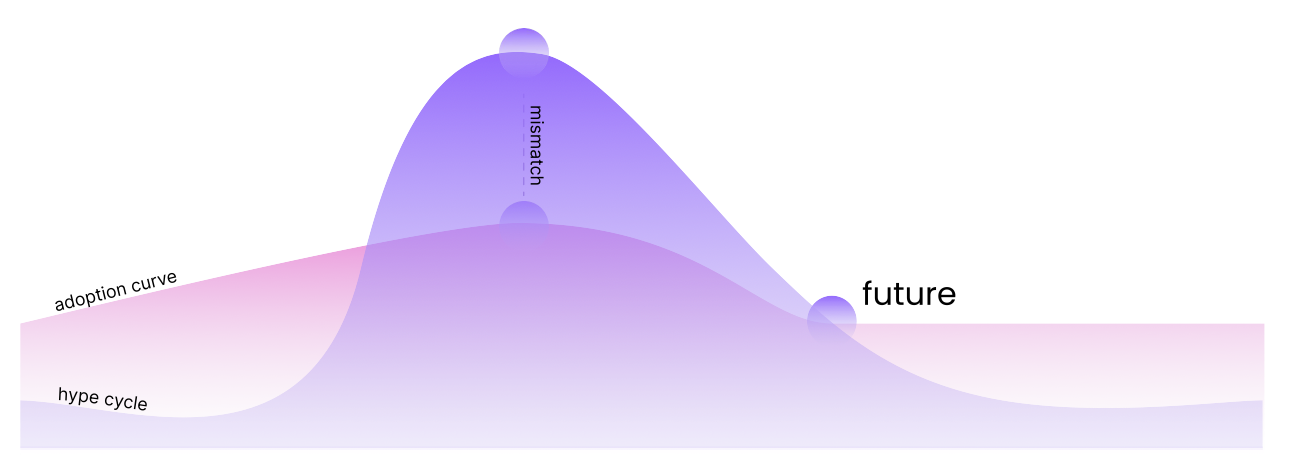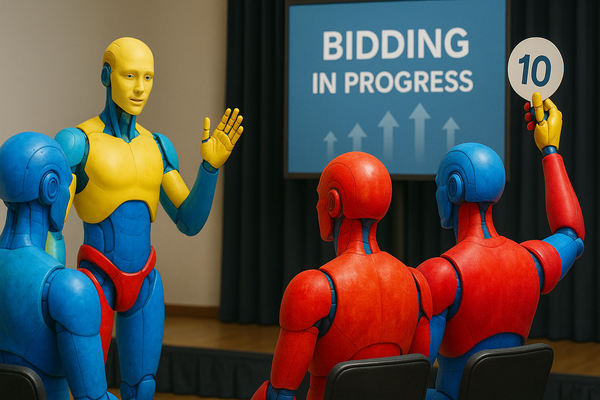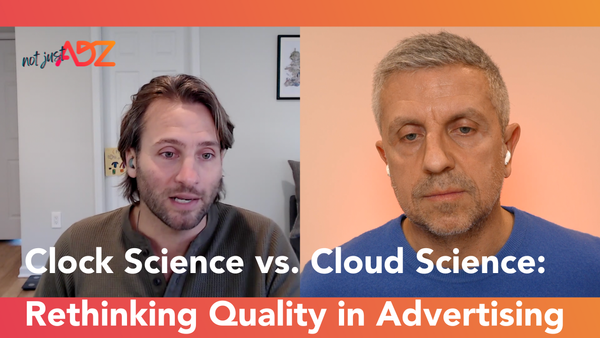Beyond the Pilot: How AI Becomes Strategy

Over the past two years, AI has moved from experimental to operational across media organisations. Newsrooms are using it for research and drafting, product teams for personalisation, commercial teams for audience insights. The technology works, adoption is real, and early wins are visible.
Yet something curious is happening: whilst individual teams report successes, these gains aren't compounding into the organisational transformation that was anticipated. Pilots deliver results but struggle to scale. Different departments celebrate different outcomes. The enthusiasm is genuine, but the impact remains scattered.
This disconnect is exactly why I recently co-authored a report with Rishabh Lohia, co-founder of Bridged Media, a company I advise, based on 1,500 AI deployments across media organisations. The goal wasn't to produce another hype-heavy document about "the future." It was to understand what separates pilots that plateau from those that scale.
What we found is straightforward: the technology isn't the constraint. The constraint is alignment. When editorial, product, and commercial teams measure success through different lenses (time saved versus engagement versus revenue) even successful pilots struggle to become strategic capabilities. The organisations making real progress aren't necessarily using better models: they're creating better alignment.
Those who know me know that I've long considered internal misalignment of objectives and incentives as the single major obstacle preventing media owners from thriving. This is even more evident with AI: teams adopt tools enthusiastically and achieve genuine efficiency gains, but lack a shared framework for translating those gains into compounding value. Meanwhile, pilots receive attention at launch, then lose ownership as novelty fades.
The organisations scaling successfully did something specific: they connected AI initiatives directly to strategic intent before deployment. Rather than "what can this tool do?", they asked "which business problem are we solving, and how will we measure success across the organisation?" They planned deliberately, tested within defined parameters, proved impact through multi-dimensional measurement, and only then scaled.
One of the strongest themes is the need to rethink how the industry, and media companies in particular, measures AI. Editorial teams focus on output, product teams on engagement, commercial teams on revenue, but none of these isolated metrics reflects the full picture. Without a shared language, nothing scales. With it, experimentation becomes a repeatable capability.
The report provides the practical blueprint: Bridged Media's 3P+ framework (Plan, Play, Prove, Scale) and a 4-lens KPI system that creates shared language between technical capabilities and business outcomes. It's rooted in real examples from newsrooms, event organisers, and digital publishers who've made this transition successfully.
And if you want to discuss how this applies to your organisation, feel free to contact me on alessandro@adzstrategies.com.





